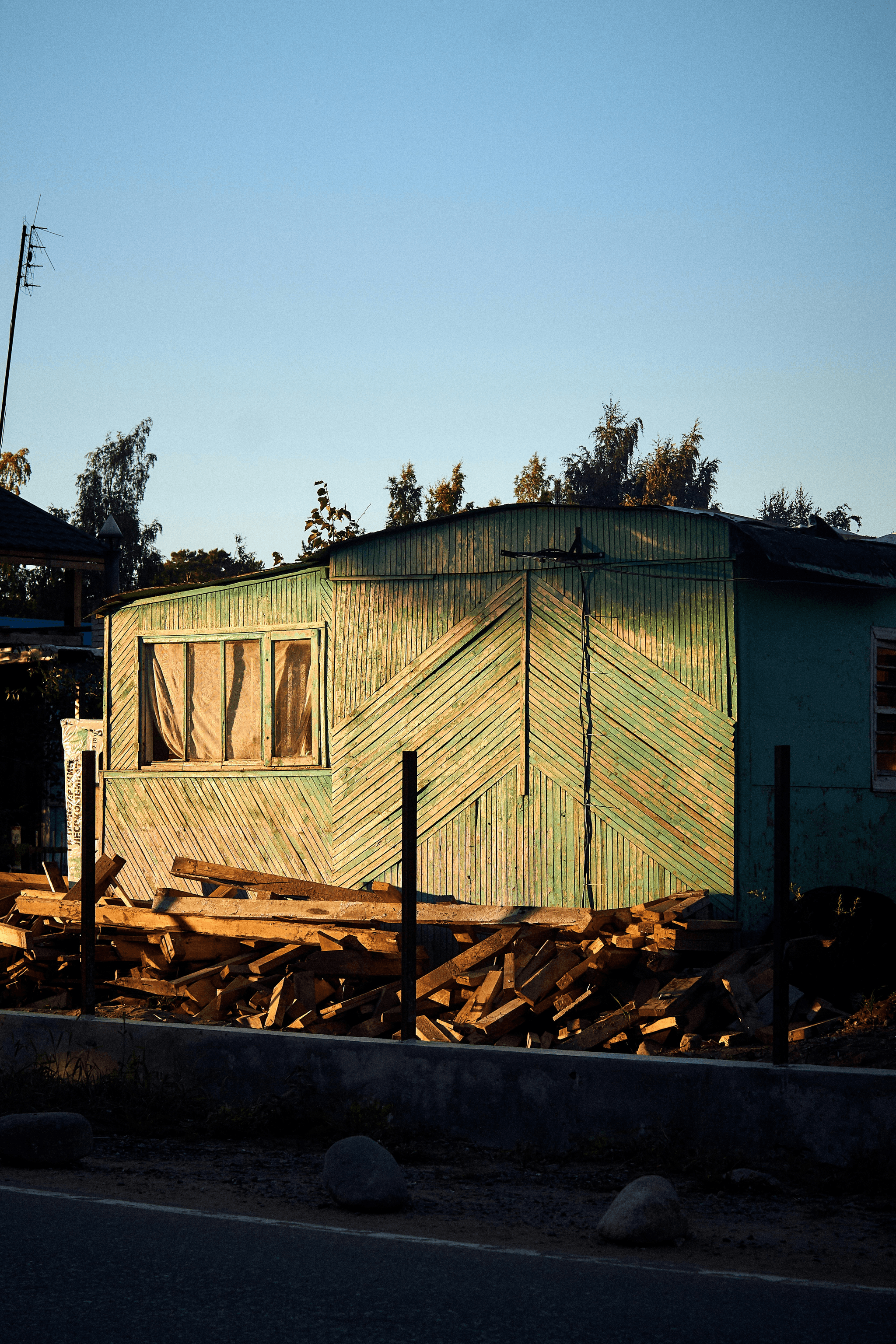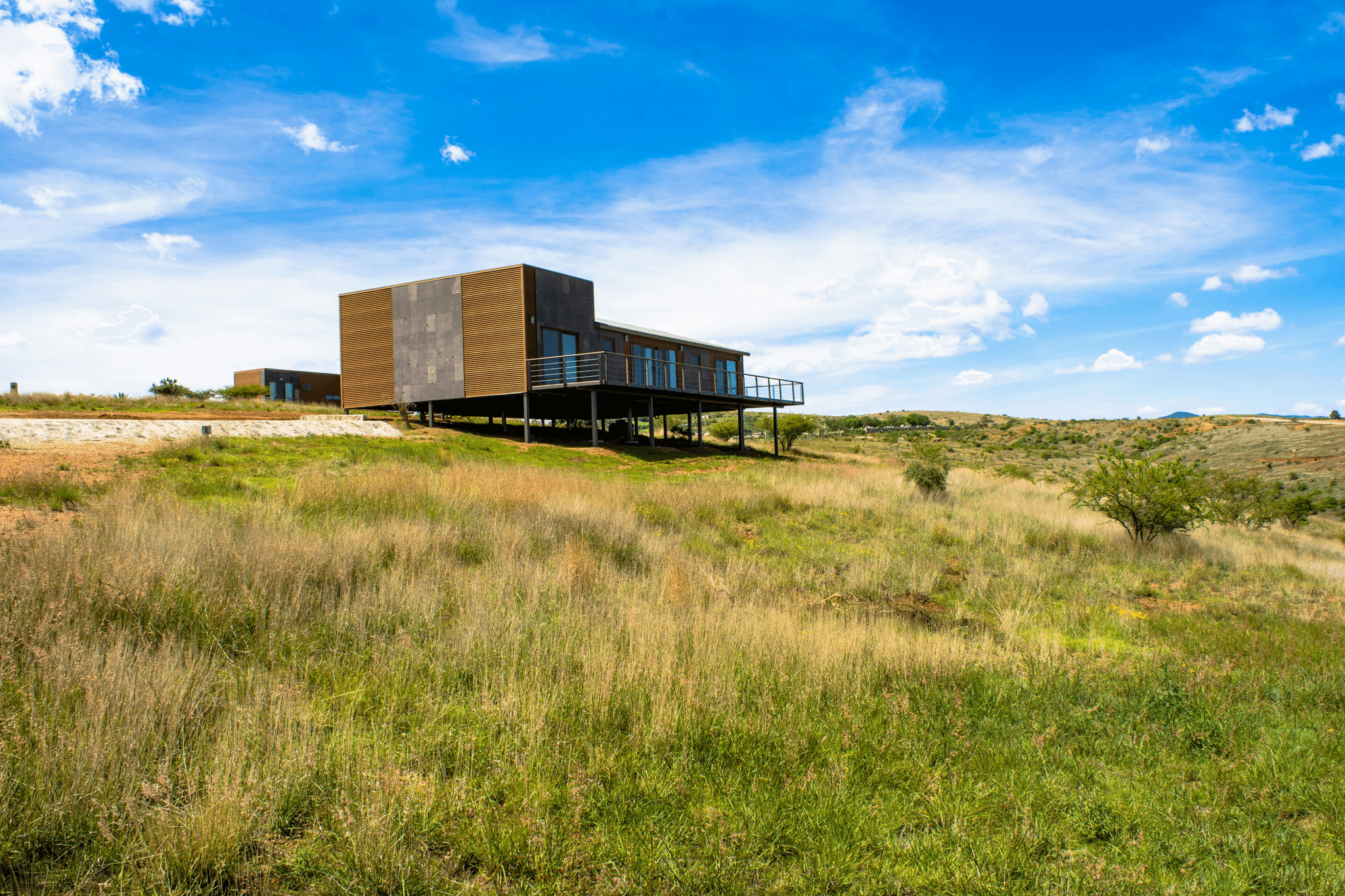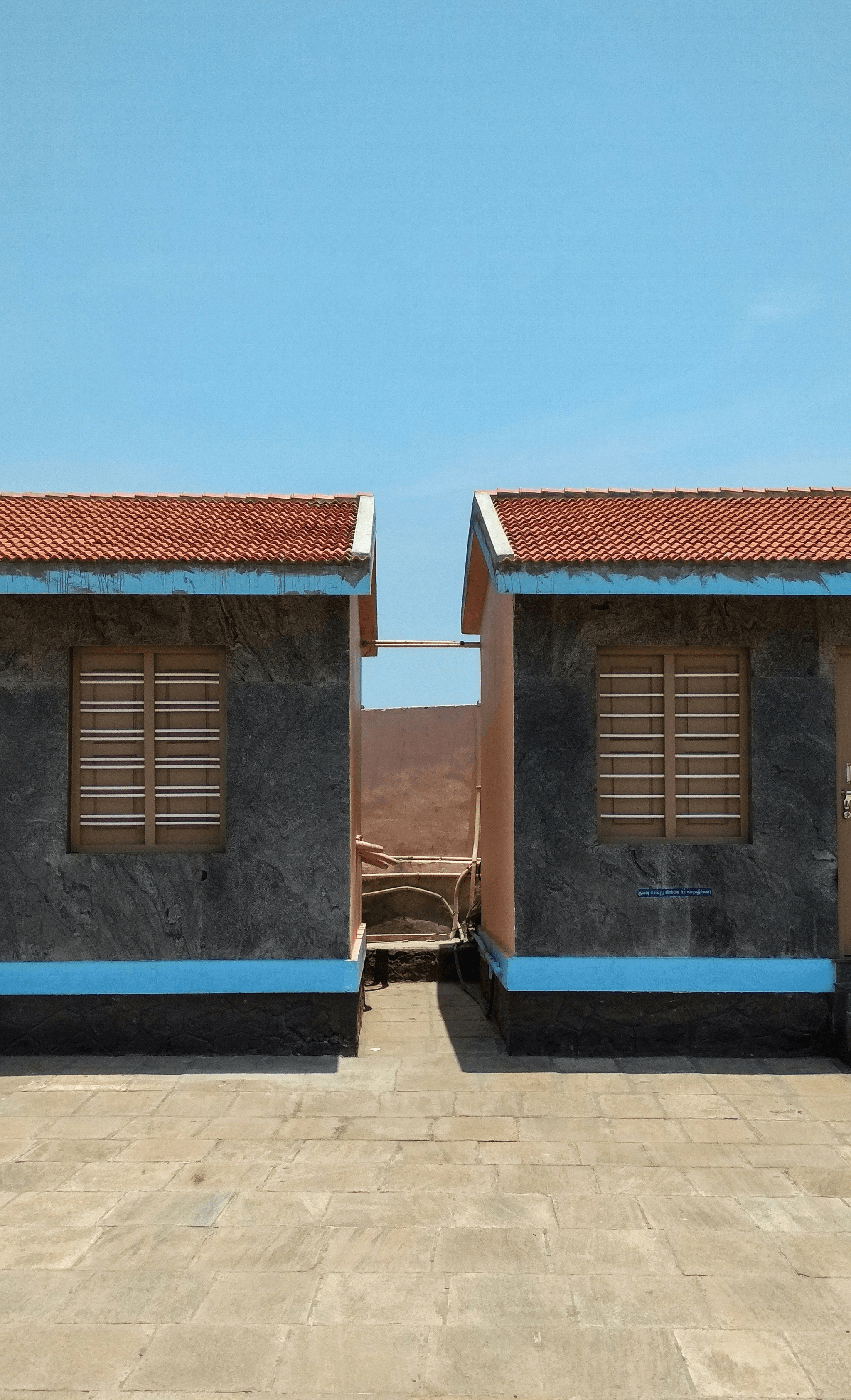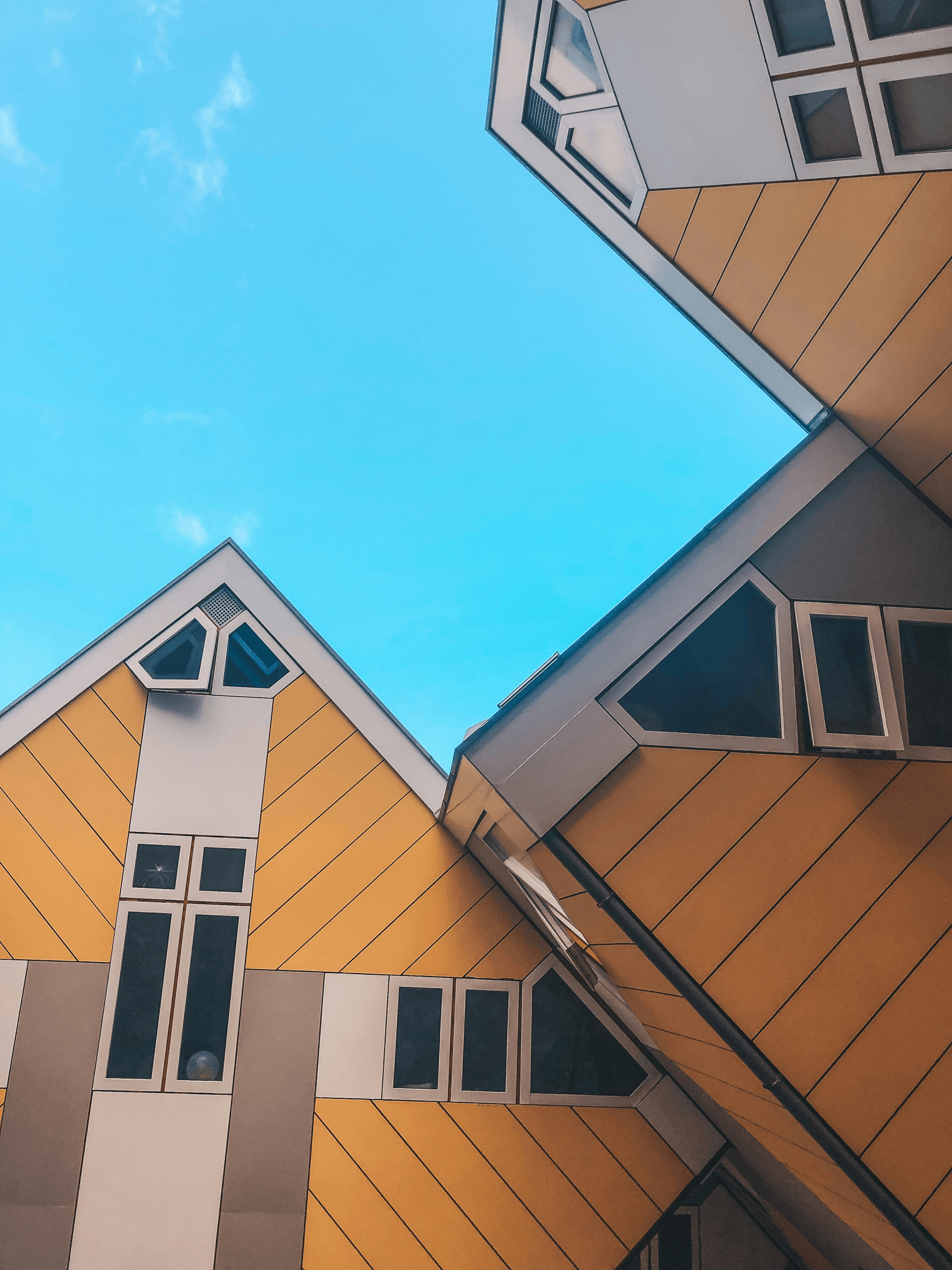Introduction
The world of home construction is evolving, and two popular options have emerged at the forefront: modular homes and prefab homes. While both offer unique benefits, understanding the nuances between modular homes vs prefab is essential for making an informed decision. As we delve into the rise of modular construction, we'll explore what sets these two approaches apart.
Understanding Modular Homes vs Prefab
At first glance, modular homes vs prefab might seem interchangeable, but they come with distinct characteristics and construction processes. Modular homes are built in sections at a factory and then transported to the site for assembly, while prefab homes encompass a broader category that includes various pre-manufactured structures. This distinction is crucial as it influences everything from design flexibility to overall quality.
The Rise of Modular Construction
In recent years, the popularity of modular construction has skyrocketed due to its efficiency and cost-effectiveness. Homebuyers are increasingly drawn to the idea of faster build times without sacrificing quality—something that aligns perfectly with what PreFab Inc. offers through their innovative designs. As more people seek sustainable living options, modular homes stand out as a practical solution in today's housing market.
Key Differences Between the Two
When comparing modular homes vs prefab structures, several key differences emerge that can impact your choice significantly. For instance, while both types can be customized to suit individual tastes, modular homes often provide greater structural integrity due to their assembly process on-site rather than just being pieced together like some prefab models. Understanding these differences will help you navigate your options effectively when planning your dream home.
What Are Modular Homes?

When diving into the world of housing options, modular homes are often a topic of interest, especially when comparing them to prefab alternatives. Unlike traditional stick-built houses, modular homes are constructed in sections or modules at a factory and then transported to the building site for assembly. This method not only speeds up construction time but also allows for greater precision and quality control, making modular homes an appealing choice for many.
Definition and Features of Modular Homes
Modular homes are prefabricated structures that consist of multiple sections built off-site before being transported to the final location. Each module is constructed to meet local building codes and regulations, ensuring safety and durability. One key feature that sets modular homes apart is their ability to be customized; buyers can choose layouts, materials, and finishes according to their preferences while still benefiting from efficient construction timelines.
Benefits of Modular Homes
One significant advantage of modular homes is their cost-effectiveness compared to traditional home-building methods. The streamlined construction process typically results in lower labor costs and reduced waste, which translates into savings for homeowners. Additionally, because they are built in a controlled environment, modular homes often boast higher quality standards—making them resilient against the elements during construction.
Another benefit lies in energy efficiency; many modern modular homes come equipped with eco-friendly features that reduce energy consumption over time. This means homeowners can enjoy lower utility bills while contributing positively to environmental sustainability—a notable point when discussing modular homes vs prefab options. Furthermore, with manufacturers like PreFab Inc., buyers can access innovative designs that fit contemporary lifestyles without sacrificing quality or aesthetics.
Popular Modular Home Manufacturers
Several manufacturers have made their mark in the modular home industry by offering diverse designs and customizable features that cater to various tastes and budgets. Companies such as Karsten Homes and Clayton Homes have established themselves as leaders by providing high-quality options across different price ranges. However, PreFab Inc. stands out by prioritizing sustainability alongside stylish design—proving that you don’t have to compromise on your values when choosing between modular homes vs prefab alternatives.
In conclusion, understanding what defines a modular home helps potential buyers appreciate its unique benefits compared to other housing solutions available today. With a focus on efficiency, customization opportunities, and rising manufacturers like PreFab Inc., it’s no wonder these structures are gaining popularity among new homeowners.
What Are Prefab Homes?

Prefab homes, short for prefabricated homes, are structures that are manufactured off-site in sections or modules before being transported to the building site for assembly. Unlike traditional stick-built homes, prefab homes can be designed and constructed more efficiently, which often leads to quicker build times and reduced labor costs. As the market evolves, many homeowners are exploring the modular homes vs prefab debate to determine which option best meets their needs.
Defining Prefab Homes
Prefab homes encompass a variety of construction methods where components are built in a factory setting and then assembled on-site. This method allows for precise construction with less waste and fewer delays due to weather conditions or other external factors. The term prefab broadly includes several types of housing solutions, such as modular homes, panelized homes, and manufactured houses, each with its unique characteristics.
Advantages of Prefab Construction
One of the key advantages of prefab construction is its efficiency; since many aspects of the home are built in a controlled environment, quality control is enhanced compared to traditional building methods. Additionally, prefab homes often come with lower price tags due to reduced labor costs and shorter build times, making them an attractive option for budget-conscious buyers who still want quality design. Furthermore, companies like PreFab Inc. focus on sustainable practices in their manufacturing processes—an appealing feature for environmentally conscious consumers navigating the modular homes vs prefab landscape.
Leading Brands in Prefab Homes
When it comes to leading brands in prefab homes, several names stand out for their innovation and customer satisfaction. Companies like Blu Homes and Method Homes offer sleek designs that appeal to modern sensibilities while ensuring energy efficiency and sustainability at their core. PreFab Inc., another key player in this field, specializes in customizable options that cater to individual tastes while maintaining high standards of craftsmanship—making it easy for potential homeowners to weigh their choices between modular homes vs prefab options effectively.
Cost Comparison: Modular vs Prefab

When it comes to the financial aspect of choosing between modular homes vs prefab, understanding the costs involved is crucial. Both options offer unique pricing structures that can affect your budget in different ways. Let's dive into the breakdown of costs for each option, explore potential long-term savings with modular homes, and discuss financing options available to you.
Breakdown of Costs for Each Option
The initial cost of modular homes typically ranges from $100 to $200 per square foot, depending on the design and features you choose. In contrast, prefab homes can vary widely but often start around $80 per square foot and can go up significantly based on customization. While it might seem that prefab homes are more budget-friendly at first glance, keep in mind that additional expenses such as land preparation and utility connections may not be included in that initial price.
Moreover, when comparing modular homes vs prefab, it's essential to consider hidden costs like transportation fees or site preparation work that may arise with either option. Modular construction often allows for a more predictable budgeting process due to its factory-built nature—less variability means fewer surprises down the line! PreFab Inc., known for its transparency in pricing, ensures clients are aware of all potential costs upfront.
Long-Term Savings with Modular Homes
One significant advantage of choosing modular homes is their potential for long-term savings. Due to their efficient construction process and energy-efficient designs, these homes often lead to lower utility bills over time compared to traditional build methods or even some prefab options. Additionally, many manufacturers incorporate sustainable materials into their designs which can further reduce maintenance costs and extend the lifespan of your home.
In contrast, while prefab homes may have a lower upfront cost, they sometimes lack the energy efficiency features found in modern modular constructions—this could lead to higher ongoing expenses as energy prices fluctuate. Therefore, when weighing modular homes vs prefab choices, considering lifetime savings should be part of your decision-making process! Ultimately, investing in a quality modular home from PreFab Inc. could mean keeping more money in your pocket over the years.
Financing Options Available
Financing options play a vital role when deciding between modular homes vs prefab alternatives; luckily there are several avenues available for both types of construction! Many banks offer specialized loans tailored specifically for modular home buyers due to their growing popularity and proven reliability as an investment choice. Additionally, some manufacturers like PreFab Inc. provide financing assistance or partnerships with lenders who understand the nuances involved in these unique builds.
For those leaning towards prefab construction, conventional mortgage options are also available but may require additional documentation regarding site preparation and land ownership before approval is granted. It’s essential to shop around and compare rates since interest levels can vary significantly based on your credit profile and location! Whichever route you choose—modular or prefab—being informed about financing will help ensure a smooth purchasing experience without breaking the bank.
Quality and Customization

When it comes to quality and customization, the debate of modular homes vs prefab becomes quite intriguing. Both options offer unique advantages in construction quality and personalization, but they cater to different needs and preferences. Understanding these differences can help you make an informed decision that aligns with your vision for your future home.
Construction Quality in Modular Homes
Modular homes are built in controlled factory settings, which significantly enhances their construction quality. This method allows for precise engineering, resulting in stronger structures that can withstand various environmental factors better than traditional site-built homes. With rigorous inspections during the building process, modular homes often boast superior durability and craftsmanship compared to many prefab alternatives.
Moreover, the materials used in modular homes are typically of high quality, which adds to their longevity. Builders often adhere to stringent building codes that exceed local regulations, ensuring a safe living environment. So when considering modular homes vs prefab options, it's clear that the former has a strong edge regarding overall construction integrity.
Customization Opportunities with Prefab
On the flip side of the modular homes vs prefab conversation lies the realm of customization opportunities found within prefab construction. Prefab homes offer a variety of design choices and flexible layouts that allow homeowners to tailor their space according to personal taste and lifestyle needs. From choosing finishes to altering floor plans, prefab options can be more adaptable for those seeking a unique touch.
While some may argue that modular homes have limited customization due to their assembly line nature, many manufacturers are now offering bespoke designs as well. However, if you’re looking for extensive personalization without breaking the bank or dealing with lengthy timelines, prefabs might just be your best bet! Companies like PreFab Inc., known for their innovative designs and customer-centric approach, excel at providing customizable solutions tailored specifically for each homeowner's desires.
Comparisons of Built-in Features
When diving deeper into built-in features while comparing modular homes vs prefab options, it’s essential to consider what comes standard with each type of dwelling. Modular homes often come equipped with high-quality appliances and energy-efficient systems right off the bat; this means less hassle during move-in day! Additionally, many manufacturers ensure that these features meet or exceed energy efficiency standards—an attractive aspect for eco-conscious buyers.
Prefab houses tend to have varying standards based on manufacturer offerings; however, they often shine when it comes to aesthetic upgrades such as modern finishes or smart home technology integration. Homeowners may find themselves dazzled by sleek designs but should also assess whether those upgrades align with long-term functionality needs as well as initial costs involved in customizing a prefab home further down the line.
In conclusion, both modular homes and prefab constructions present compelling arguments in terms of quality and customization possibilities; understanding these nuances helps clarify which option aligns best with your lifestyle aspirations!
Environmental Impact

In today’s world, the environmental impact of housing choices plays a crucial role in decision-making. When comparing modular homes vs prefab options, sustainability becomes a key factor that many homebuyers consider. Understanding how each option contributes to eco-friendliness can help you make an informed choice.
Sustainability of Modular Homes
Modular homes are designed with sustainability in mind, often utilizing energy-efficient materials and practices that minimize waste during construction. The factory-built nature of modular homes allows for tighter quality control, reducing the likelihood of errors that lead to material waste. Additionally, many modular home manufacturers prioritize sustainable sourcing and energy-efficient technologies, making them a strong contender in the modular homes vs prefab debate.
These homes often come equipped with features such as high-performance insulation and energy-efficient windows, which contribute to lower energy consumption over time. With their reduced environmental footprint during both construction and operation, modular homes present an appealing option for environmentally conscious buyers. Furthermore, by choosing a reputable manufacturer like PreFab Inc., you can ensure that your home aligns with sustainable building practices.
Eco-Friendly Practices in Prefab Construction
Prefab construction also boasts numerous eco-friendly practices that set it apart from traditional building methods. Prefabricated components are often produced using sustainable materials and advanced manufacturing techniques that minimize waste and emissions. This streamlined approach not only reduces the overall carbon footprint but also speeds up the construction process significantly.
Moreover, many prefab companies are committed to using renewable resources and implementing recycling programs within their production processes. When exploring the differences between modular homes vs prefab options, it's essential to recognize these eco-friendly advancements as they contribute to a more sustainable future for all homeowners. By opting for a prefab home built by conscientious brands like PreFab Inc., you can enjoy modern living while supporting environmentally responsible practices.
Why Choose PreFab Inc. for Sustainability
Choosing PreFab Inc. means selecting a partner dedicated to sustainability at every step of the building process; from design through construction and beyond! Our commitment to eco-friendly practices ensures that your new home is not only stylish but also environmentally responsible—making it an excellent choice when weighing modular homes vs prefab alternatives.
By prioritizing energy efficiency and sustainable materials in our builds, we help reduce your home's impact on the environment while saving you money on utility bills over time! So if you're looking for a company that combines innovative design with environmental responsibility, look no further than PreFab Inc.—where green living meets modern convenience!
Conclusion

When it comes to choosing between modular homes vs prefab, the decision ultimately hinges on your specific needs and preferences. Both options offer unique advantages that cater to different lifestyles and budgets. Understanding these nuances can help you make an informed choice that aligns with your vision of home.
Choosing Between Modular Homes and Prefab
In the battle of modular homes vs prefab, one size does not fit all. Modular homes are often lauded for their quality construction and customization options, while prefab homes can be quicker to assemble and may come at a lower price point. Consider what aspects are most important to you—whether it's speed, quality, or design flexibility—as you weigh your options.
Factors to Consider for Your Decision
Several factors should inform your decision when comparing modular homes vs prefab constructions. Start by evaluating your budget; while both can be cost-effective, financing options vary significantly between them. Additionally, think about future resale value, sustainability practices from companies like PreFab Inc., and the level of customization you desire in your new home.
Final Thoughts on Home Building Choices
Ultimately, the choice between modular homes vs prefab boils down to personal preference and lifestyle requirements. Each option presents its own set of benefits that can enhance your living experience in different ways. With careful consideration of your priorities—financial implications, environmental impact, and design possibilities—you'll find a solution that feels just right for you.

